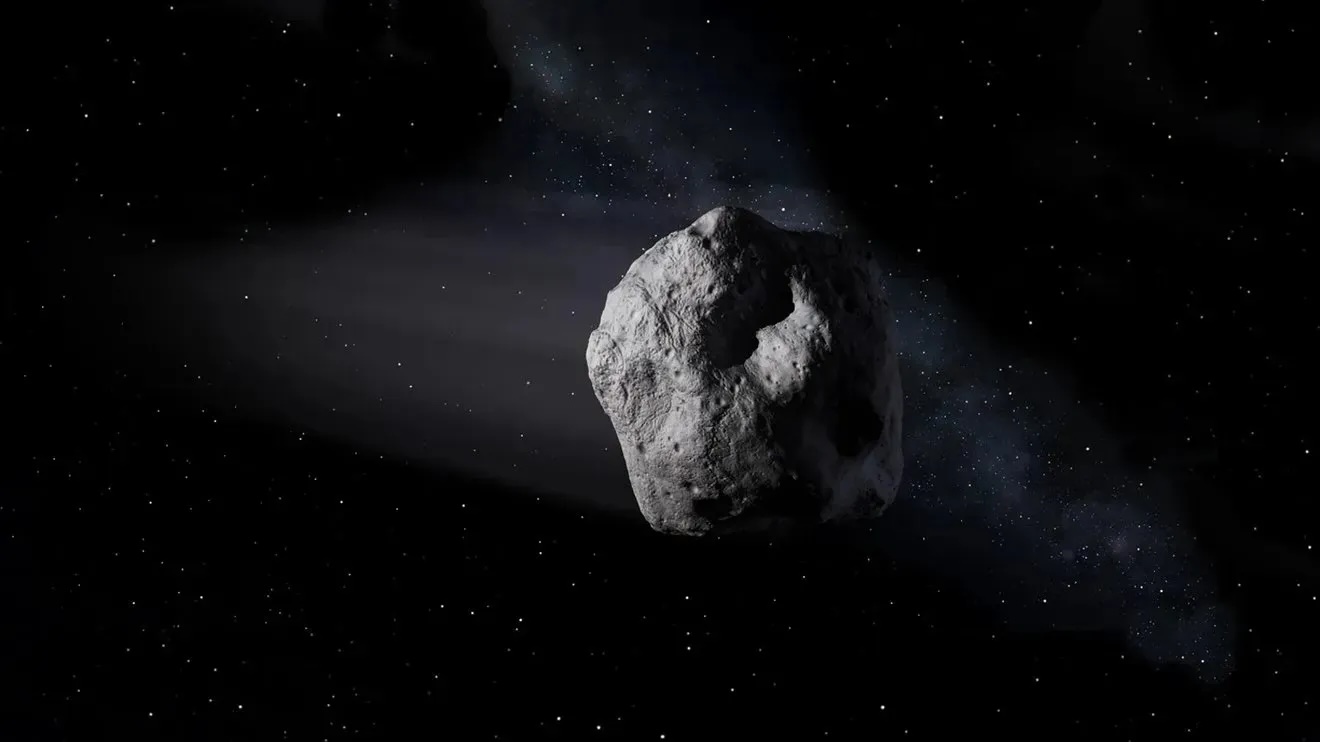When you buy through links on our site , we may realise an affiliate commission . Here ’s how it works .
A fossilized forest that flourished more than 2.5 million years ago could return to biography thanks to a thawing planet , scientists say .
Thepaleo - scenewon’t sprout up overnight , of course of study , said Alexandre Guertin - Pasquier of the University of Montreal , who will present his research at the Canadian Paleontology Conference in Toronto this workweek .

An ancient forest once flourished on the Canadian Arctic’s Bylot Island (shown here), and researchers say global warming may revive it.
Rather , he said , mood prognosis intimate that , by 2100 , the now - uninhabited Bylot Island where thefossilized forestwas discovered will keep going temperatures like to those prevalent when the forest thrived .
" The fossil forest found in Bylot Island likely looked like the ones in reality found in the [ present - Clarence Shepard Day Jr. ] to the south of Alaska , where tree - line boreal forest produce near some glacier margins , " Guertin - Pasquier write in an email . " The main plant diversity also seems to be similar between these two environments , " which both include willow tree , pine and spruce trees . [ See picture of the Fossil Forest Site ]
He and his colleague break down samples of wood that had been preserved in the area ’s peat and permafrost . They specifically look for pollen , which would reveal the types of tree grow in the arena at the fourth dimension .

A typical peat and wood sample collected from the ancient forest on Bylot Island.
To help sail through down a specific particular date when ontogeny occurred , the researchers analyzed the sediment laid down at the metre the timber lived . They specifically front at magnetised particles find in the soil , peculiarly magnetic iron-ore . This works because , throughout our planet ’s history , the preference of the magnetic north pole changed several time , a well - document phenomenon . Since these " magnetic deposit " parentage up withEarth ’s magnetic orientation , scientists can use this to date the sediment layers .
They figure the forest flourish between 2.6 million and 3 million year ago .
The trees in the ancient forest , as understand from thepollen samples , normally grew in areas with a yearly average temperature of about 32 level Fahrenheit ( 0 arcdegree Celsius ) , Guertin - Pasquier articulate . Currently , average temperatures on Bylot Island hover around 5 degrees F ( minus-15 degrees C ) , he added .

Will our grandchild actually see this woods come to lifespan ?
" I reckon it ’s very possible we might see forest typography of the past return with thaw , " Larisa R. G. DeSantis who was not involved in the study tell LiveScience . " The enquiry is whether those tree will be able to make it up there , " DeSantis said , adding that in some slipway it ’s a flock easy foranimals to migrateto different conditions .
" But trees have another whole level of difficultness , their potential for movementis base on their dispersal of seeds and that sort of thing , so their motion is encumber , " said DeSantis , who studies , among other topics , the reconstruction of ancient environments , at Vanderbilt University in Nashville , Tenn.

Fossil woodland of a similar geezerhood have also been line up on Ellesmere Island in the Canadian Arctic , where so - called " mummy trees " were uncoveredin the wake of a melting glacier . The spindly , mummified trees showed signs of tenseness , likely the result of a switch clime ( from a greenhouse to an icehouse , of sort ) as well as the seasonal shadow occur at the top of the world .
That , in fact , is one of the mystery story border these Arctic forests , " how these Sir Herbert Beerbohm Tree manage to survive the relentless dark of the Arctic winter , " Guertin - Pasquier enjoin .
Next , the research worker plan to see more close at other plant life remains from Bylot Island to get a safe idea of the possibly diverse botany .
















